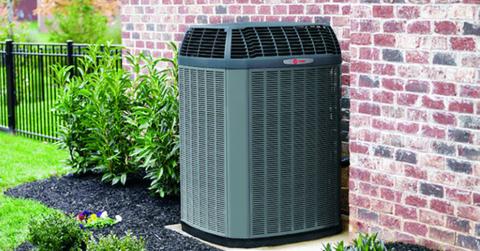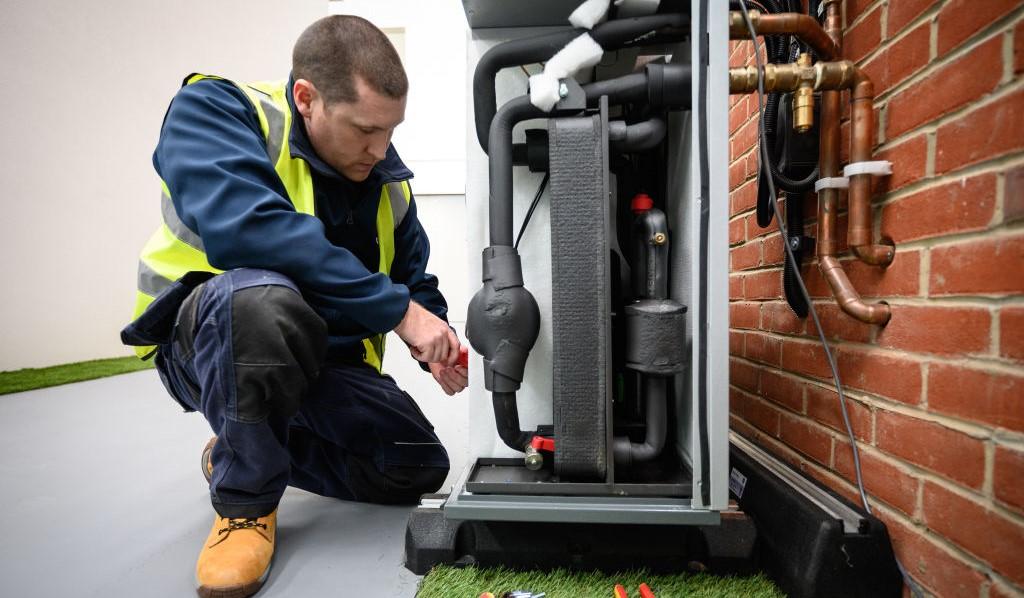How to Take Advantage of the Heat Pump Tax Credit
The Biden administration slipped a heat pump tax credit into the Inflation Reduction Act of 2022. Here’s how to take advantage of it.
Aug. 18 2022, Published 11:54 a.m. ET
The Biden administration slipped a heat pump tax credit into the Inflation Reduction Act of 2022. The consideration that heat pumps provide greater temperature control, and that modern models are an efficient and cost-effective option, propelled this change.
Here’s how to take advantage of the heat pump tax credit in your own life and whether it’s a good financial option.
The Inflation Reduction Act includes a heat pump tax credit.
The heat pump tax credit is one homeowner incentive included in the Inflation Reduction Act. Heat pumps can provide greater temperature control and efficiency, but can come with a higher up-front cost in certain areas. Because of this, the tax credit incentivizes people to make the switch by paying for a portion of the initial cost via a tax credit.
The bill calls this tax credit a “nonbusiness energy property credit.” It extends beyond heat pumps to include doors, windows, and more upgrades that can increase efficiency and reduce energy usage.
In short, there’s no shortage of opportunities for homeowners seeking efficiency upgrades with a cooled sticker shock.
Why are heat pumps more efficient?
Heat pumps are built to move heat, not generate it. In contrast, furnaces generate heat, which requires more energy.
According to the Northeast Energy Efficiency Partnerships (NEEP), using a heat pump can reduce your energy usage by up to 50 percent. Modern heat pumps in cold climates save the most energy.
NEEP writes, “Like any heating system, heat pumps work most effectively in buildings with high levels of thermal efficiency. Basic improvements in your home, such as proper air sealing and insulation are recommended before installing any heat pump technology.”
Here's how to take advantage of the heat pump tax credit.
Any heat pump that achieves the highest efficiency rating from the Consortium for Energy Efficiency (CEE) is eligible for the tax credit.
The tax credit covers 30 percent of the total cost of buying and installing the heat pump. This includes the initial purchase and installation labor. The maximum heat pump tax credit is $2,000. Homeowners can take advantage of the heat pump tax credit through at least 2032.
Also, buying a heat pump water heater can grant you a tax credit up to $1,750. A space heating and cooling heat pump could give you a tax credit up to $8,000. Replacing your exterior doors can give you up to $500. Replacing windows or skylights can give you up to $600.
As for who is eligible to use the tax credit, any taxpayer can do so with the right considerations when purchasing equipment. Any 2022 purchases count towards the credit, even if you made them prior to the new legislation. Some taxpayers can receive a rebate instead of a credit, which would provide them with money sooner.
According to Consumer Reports:
“If your household income is less than 80 percent of your state’s median household income, you are eligible for 100 percent of the rebates available. [...]
If your household income is 80 percent to 150 percent of your state’s median income, you are eligible for 50 percent of the rebates available. [...]
If your household income is more than 150 percent of your state’s median income, you are not eligible for these rebates.”


